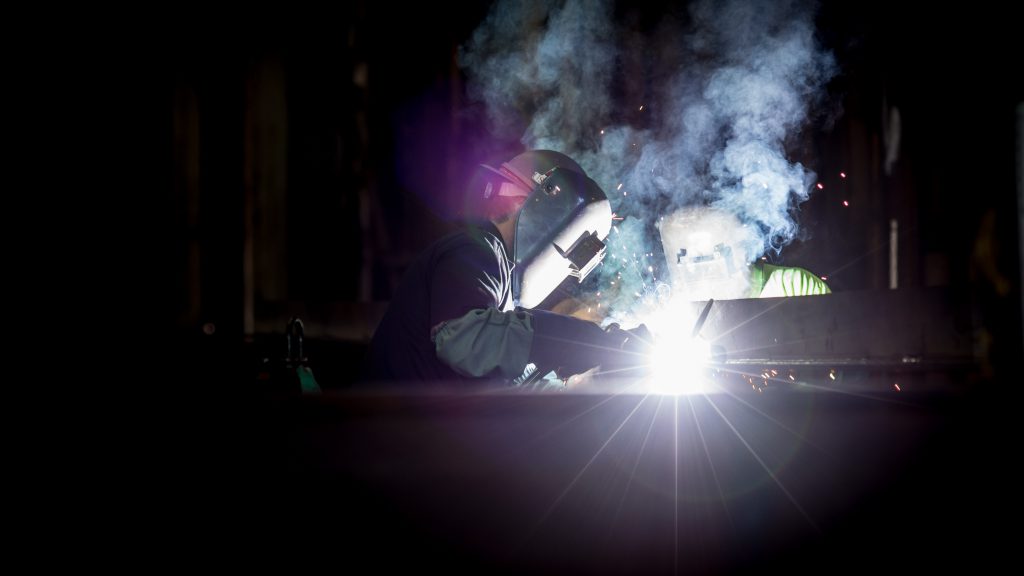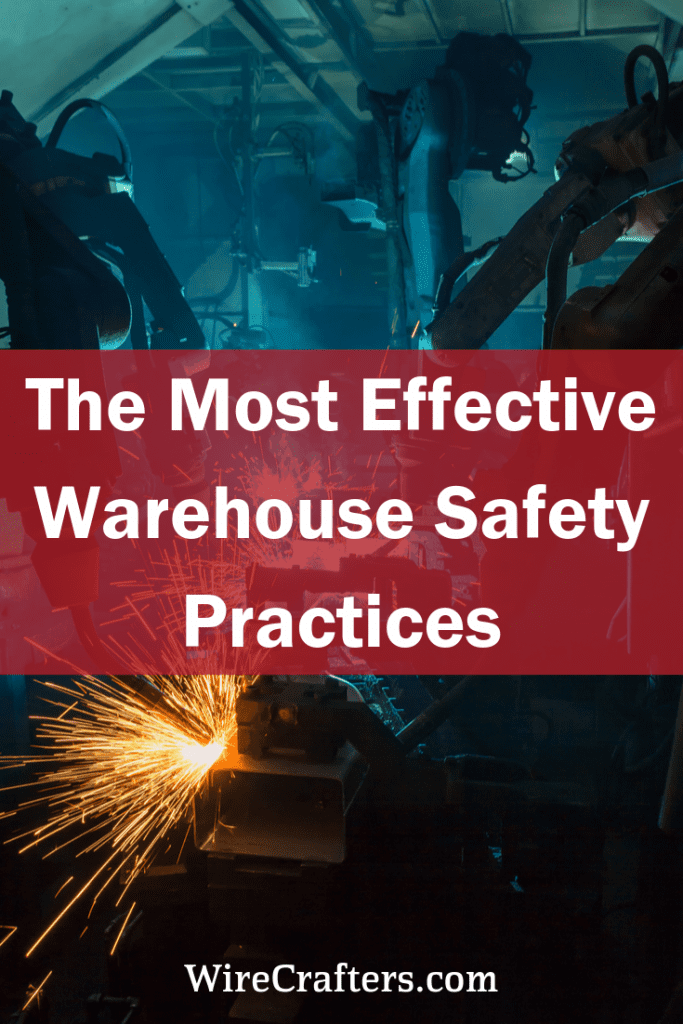The Most Effective Warehouse Safety Practices
To put it plainly, warehouses provide a unique opportunity for injury and therefore require special attention when it comes to safety.
The fatal injury rate for the warehouse industry is higher than the national average for all other industries.
This is a concerning statistic, to say the least. Because of this, it’s critical to study and understand warehouse safety best practices.
The good news is, there’s are plenty of warehouse safety topics available for us to study and implement – the bad news is that it’s hard to sift through the most critical and effective ones and determine which warehouse safety tips we need to prioritize! Below you will find the most effective warehouse safety practices.

Failure to Use Proper Protective Equipment
This one may seem obvious, but it’s critical to any warehouse safety plan.
Personal protective equipment, like gloves, safety glasses, hard hats, steel-toe boots, etc., can prevent serious workplace injuries and illnesses.
When it comes to protective equipment, it’s important to explain a few important aspects:
- When it’s necessary to use
- Why it’s necessary to use
- How to properly put it on, adjust, wear, remove, etc.
- What limitation the equipment might have
- How to maintain, care for, and dispose of it
Keep in mind, one of the primary reasons proper protective equipment is not used is because the equipment doesn’t fit properly! If the equipment isn’t comfortable, your employees are less likely to use it. In short, to best ensure the use of proper protective equipment, make sure your team understands the importance, value, and use of the equipment and see that it fits properly!
Improper Stacking of Products
One of the greatest concerns from a warehouse safety perspective is falling product safety. This might seem like a non-issue or something that would happen rarely, but as your employees grow comfortable on your shop floor, they can become less aware of their surroundings, zone out, and assume their safety! This is when a severe injury can occur.
As products are stored or moved, they can be pushed back - oftentimes too far - and fall from their perch onto your unsuspecting employee.
This is primarily caused by improperly stacked materials but can happen regardless of proper stacking methods.
Investing in Pallet Rack Enclosures and/or Pallet Rack Backing is an excellent way to prevent this exact issue. These products are designed specifically to provide total falling product safety and protect against employee injury.
Repetitive Motion Injuries
Another important warehouse safety topic is repetitive motion injuries!
Caused primarily by poor ergonomics, like improper manual lifting and handling, repetitive motion can cause severe, even crippling injuries. Back injuries are most common, but many musculoskeletal injuries can occur as a result of improper motions/ergonomics.
Your warehouse safety tips for this warehouse safety topic come directly from OSHA:
- If possible, use powered equipment instead of requiring a manual lift for heavy materials
- Reduce lifts from shoulder height and floor height by repositioning the shelf or bin
- Ensure overhead lighting is adequate for the task at hand
- Provide employees with task-oriented ergonomic training
- Use your legs and keep your back in a natural position while lifting
- Test the load to be lifted to estimate its weight, size and bulk, and to determine the proper lifting method
- Get help if the load exceeds the maximum weight a person can lift safely without assistance
- Don’t twist while carrying a load, but shift your feet and take small steps in the direction you want to turn
- Keep floors clean and free of slip and trip hazards.
Unsafe Use of Forklifts
This is a critical issue in warehouses.
Forklifts don’t just cause injuries when improperly used – they cause severe injuries and even death.
To keep your warehouse and employees safe from damage and injury, it’s critical to follow forklift safety protocol.
Make sure anyone who operates a forklift is trained, certified, and (at least) 18 years old. You will also want to keep them properly maintained and avoid driving over 5 mph.
 Inadequate Fire Safety and Emergency Provisions
Inadequate Fire Safety and Emergency Provisions
It should go without saying, but you need to have a detailed and public emergency plan.
If you want to provide a safe work environment for your employees, it’s so important that you not only have an emergency plan, but your employees know exactly what it is and what is expected of them if or when an emergency occurs.
Clearly marked exits, exit strategies/procedures, location and use of fire extinguishers and other equipment are all important aspects of an emergency plan that you should have, share, and test in your warehouse.
Here to help your Warehouse Safety
Each of these warehouse safety topics, tips, and practices are so important as you seek to provide a safe and efficient work environment for your employees.
By following them, you’ll see fewer and less severe injuries!
The one thing to remember is that this is not an exhaustive list – it’s simply a list of the most effective warehouse safety practices we’ve found.
If you want to learn more, contact us here. We’ll do our best to help you provide the safest work environment possible for you and your team.
